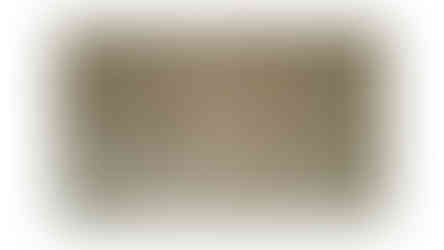How to conduct your initial property inspection
- worldwide2consulta
- Apr 30, 2020
- 3 min read
Updated: Nov 22, 2023
A civil engineer’s advice on how to run a self-made building inspection before buying a property
The purchase of a house or a flat is one of the biggest investments in your life, so it’s good to think twice. It is advised to conduct a professional building inspection before the purchase, don’t spare on it. However, you can save a lot of money if you pay for an inspection when you do your homework, and due diligence and thoroughly check the property yourself.
Today we provide some hints on how to conduct a property inspection with an expert eye.
Be warned! I display some horror pictures with the worst-case scenarios. I hope you never see this kind of bad situation and the photos are for illustrations only. I hope it will not frighten you away from further property inspections.
The most important aspect of a building is its structural soundness. A healthy building could stand for decades without any sign of movement. Cracks appear when there is a problem.
Let’s begin with the structural elements outside of the building.
The most important aspect of a building is its structural soundness. A healthy building could stand for decades without any sign of movement. Cracks appear when there is a problem.
The cracks on the walls tell a tale to an expert. The direction of a crack indicates where the wall or the corner has been sunk. The cause is usually a weak foundation or the inappropriate drainage of rainwater.

Walk around the building, and examine the slope conditions. It’s not correct if the ground slopes toward the house, because then the rainwater flows towards the building and washes the walls.
The next structural element is the roof. It might be inconvenient, but if possible climb on and survey the wooden elements of the roof. If you see any fungus or bug damage, I suggest calling a pest expert and asking for a pest report.
After the main elements check the walls and the floors inside. In the bathroom(s) and the laundry knock the wall tiles and the floor tiles. By knocking them, we test whether the tiles are stacked well, or if are there cavities under them.
Don’t forget to check all the doors and windows as well by opening and closing each of them. Also inspect the glazing (how many glass layers are there), the shutters, the roller blinds or the Venetian blinds.
You don’t have to be a mechanical engineer, to check the mechanical parts and fittings of the house. Make sure you test all the faucets, and toilets, and see the water boiler, air-conditioners electric equipment.
Always open all the built-in wardrobes looking for moulded surfaces.
I measure the width of the thermal insulation in the walls or on the ceiling. If that is too challenging
for you leave it for the building inspector.
When you do an inspection utilise all your senses. Smell the house, if there is any sign of mould or problem, look at the corners in each room to check for leakage, and touch the walls whether it is dry or wet.
If all the tests are satisfactory and you like the location, the style of the house, the design, the smell of the house and it is an affordable property and you are ready to buy it ask for a second opinion, ask for a building inspection.
The written inspection report examination (with photos) is an important document in the case of controversy after the purchase of the building. It’s useful evidence in a judicial process.
Enjoy your property hunt. If this sort of inspection is not your cup of tea, ring us and we save time and money for you.












Comments